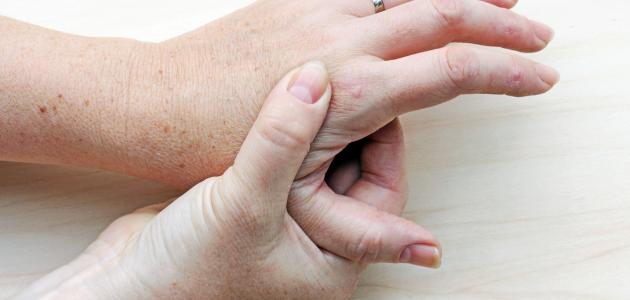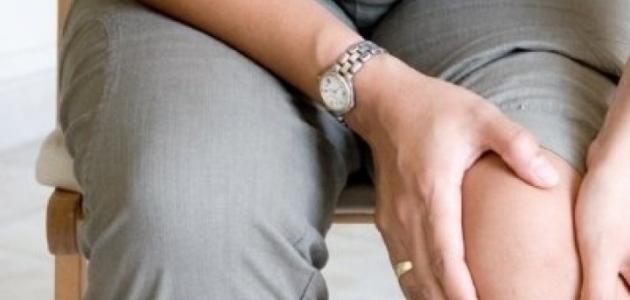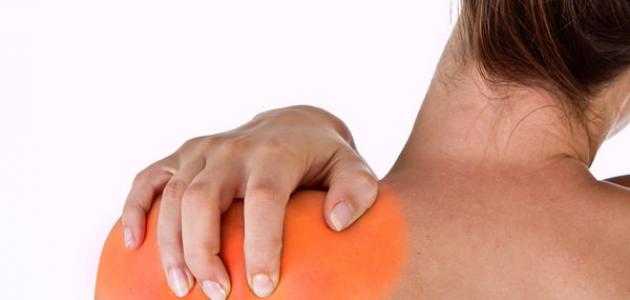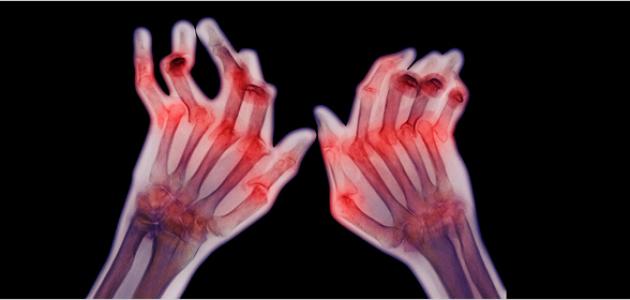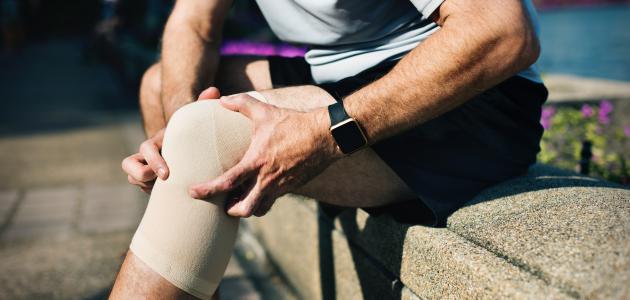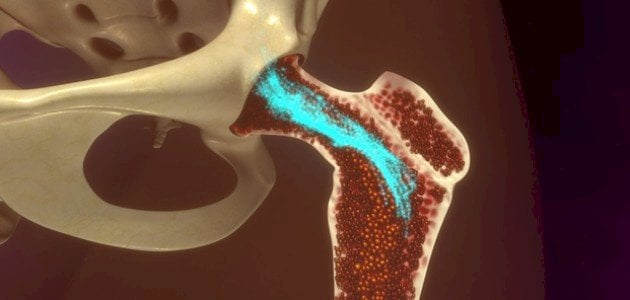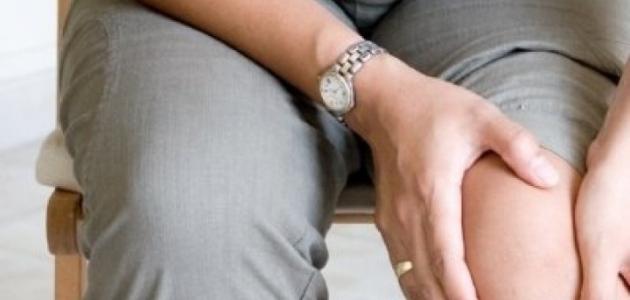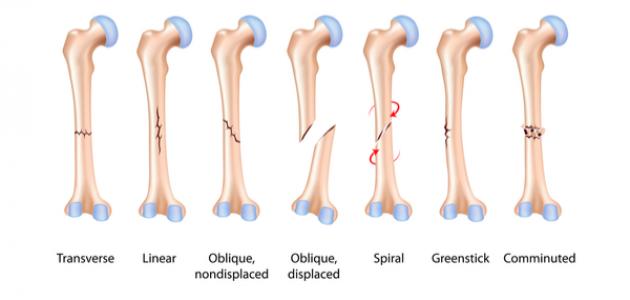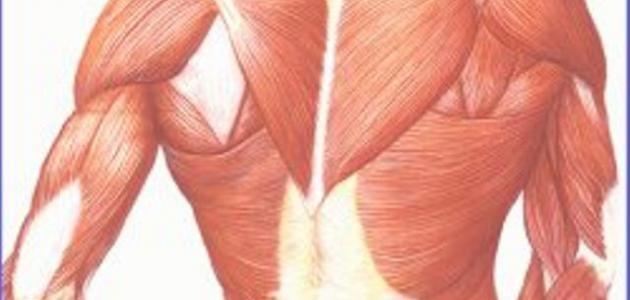Gout
It is a disease that affects the joints resulting from an imbalance in the levels of uric acid in the body, resulting in the accumulation of this acid in the blood and in various tissues of the body. Gout patients usually suffer either from increased production of uric acid in the body, or from a decreased ability of the kidneys to get rid of it. A high level of this acid may result in many complications, most notably acute or chronic gout, in addition to the formation of kidney stones, as well as local accumulations of uric acid in the skin and other tissues.
There are two types of gout: Primary, in which the disease arises without any previous cause. The other type is secondary and comes along with other diseases or as a result of taking certain types of medications. The incidence of gout is increasing, as studies indicate that about 6 million people are infected in the United States of America alone. Gout is a common cause of sudden attacks of pain, swelling, heat, and redness in the affected joint, especially in the big toe joint. Some reports indicate that gout is the most common cause of inflammatory joint disease in men older than 40 years.
Gout is diagnosed by discovering uric acid crystals when a biopsy is taken of the fluids of the affected joint. The presence of these crystals in the joints causes intermittent attacks of gout, and the frequent recurrence of such attacks leads to the destruction of the joint, then the disease becomes chronic. Despite the progressive nature of gout, there are many effective medications in treating it.
Read also:Number of human bones
Symptoms of gout
Signs and symptoms of gout often appear suddenly, usually during the night without warning. The most important of these symptoms are:
- Severe pain in the affected jointThis disease usually affects the big toe, but it can occur in the foot, ankle, knee, wrist, or hand. In many cases, the pain is more severe during the first hours of its onset.
- Constant feeling of discomfortThis feeling comes after the effects of an attack of inflammation fade, and continues for days or weeks. Subsequent attacks are more severe and their effects last longer.
- Redness and inflammation of the affected joint: As it shows various signs of inflammation; It has redness, swelling, and a feeling of heat, and it is very painful when touched.
- Reducing the range of motion of the affected joint: Patients suffer from difficulty moving it if the gout disease worsens.
- There are also signs that appear on the skin covering the affected joint; It may become red or shiny, and the skin may also peel and become itchy.
Causes of gout
Gout results from a high level of uric acid in the blood, and there are many medical conditions, medications, and foods that cause it to rise, including:
Read also:Muscular dystrophy treatment- Undergoing surgery, or suffering from a sudden severe illness.
- Cause damage to the joint.
- Suffering from various types of infections.
- Taking types of medications, such as diuretics used to treat high blood pressure or heart problems, as well as taking cyclosporin, or undergoing chemotherapy.
- Subjecting to a harsh diet, or fasting for a long period.
- Dehydration resulting from lack of fluid intake.
- Drinking alcoholic beverages in large quantities.
- Eat foods rich in purine; Such as red meat and crusty seafood.
- Drink a lot of soft drinks.
Gout treatment
There are many ways to treat gout, some of which are used to relieve pain during an attack, and some of which help prevent it in the future. This treatment is as follows:
- Methods used to relieve pain during a gout attack, including:
- Take the medications prescribed to treat the disease when you feel a pain attack as soon as possible; These medications need approximately two or three days to reach the desired effect. While ensuring rest, and not making any effort that might harm the affected joint, while keeping it elevated above the level of the body.
- Place ice compresses on the affected joint for approximately 20 minutes. They should not be placed directly on the joint, but rather wrapped in a cloth.
- Use nonsteroidal anti-inflammatory drugs: They also work to relieve pain and relieve joint irritation. These medications include naproxen, diclofenac, and etoricoxib.
- Taking the medication Colchicine: This medication is taken if the patient is unable to take non-steroidal anti-inflammatory drugs or if taking them is not effective. Colchicine reduces swelling and relieves pain associated with gout attacks.
- Use of corticosteroid compounds: They are used in severe gout attacks if the patient does not respond to previous medications.
- Changing the diet and taking medications to prevent exposure to other attacks: It is recommended to avoid eating types of foods that contain large amounts of uric acid, such as; Red meat, internal organs of animals, some seafood, as well as foods containing yeast. A gout patient is advised to maintain an ideal weight, avoid consuming sugary drinks and foods, exercise regularly, be sure to drink large amounts of water, and stop drinking alcohol.
- As for the medications that reduce the chance of developing gout attacks, they work to reduce the level of uric acid in the blood. The most commonly used ones are allopurinol and febuxostat, while the least used ones include benzpermarone and sulfinpyrazone.
